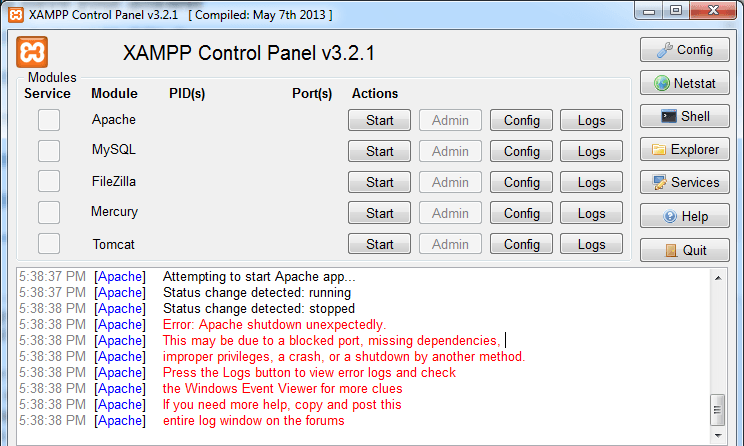Example of building a news website using Strapi
Post on: 2023-05-25 23:12:59 | in: Strapi
Strapi is an open-source headless content management system (CMS) that allows you to build and manage content-rich websites and applications.
It provides an easy-to-use interface for creating and managing content types, such as articles, products, and categories, and exposes a flexible API that can be used to retrieve and manipulate that content.
Some key features of Strapi:
-
Content Modeling: Strapi allows you to define your own content structures by creating custom content types with fields and relationships.
-
Content Management: You can easily create, edit, and manage content using Strapi's intuitive administration panel.
-
API-First Approach: Strapi follows an API-first approach, where the content you create is immediately available through a RESTful or GraphQL API.
-
Customizable API: Strapi offers a highly customizable API that allows you to control how your content is exposed and accessed, including authentication, authorization, and validation.
-
Plugin Ecosystem: Strapi has a rich ecosystem of plugins that extend its functionality, enabling you to integrate with external services, add features, and enhance the CMS capabilities.
-
Extensibility: You can extend Strapi by creating custom plugins or by using its built-in customization features to meet specific project requirements.
-
Authentication and User Management: Strapi provides built-in authentication and user management features, allowing you to control user access to the administration panel and API endpoints.
-
Scalability and Performance: Strapi is designed to be scalable and can handle high-traffic websites and applications. It provides caching and optimization options to improve performance.
-
Multi-Environment Support: Strapi supports multiple environments, such as development, staging, and production, allowing you to manage content across different stages of your project.
-
Community and Support: Strapi has an active and growing community of developers, and it offers documentation, tutorials, and community support to help you get started and troubleshoot any issues.
Here is an example of building a news website using Strapi:
-
Install Strapi:
- Use the following command to install Strapi:
npm install -g create-strapi-app. - Create a new project:
create-strapi-app my-news-project. - Navigate to the project directory:
cd my-news-project. - Start Strapi:
npm run develop.
- Use the following command to install Strapi:
-
Create Content Types in Strapi:
- Access the Strapi admin interface in your browser (usually at http://localhost:1337/admin).
- Create a Content Type for articles with fields like title, content, author, category, and publishedDate.
-
Configure API endpoints:
- In the Strapi admin interface, navigate to "Roles & Permissions" and allow "find" and "findone" permissions for the Article Content Type for public roles.
- Navigate to "Plugins" and activate the "GraphQL" plugin.
- Access the browser and query articles through the GraphQL endpoint (usually at http://localhost:1337/graphql).
-
Build the user interface:
- Use a front-end framework like React, Angular, or Vue.js to create the user interface.
- Use an API communication library like Apollo Client or axios to communicate with the GraphQL endpoint and fetch article data from Strapi.
With these steps, you have created a simple news website using Strapi. You can customize and expand the functionality of the website by adding additional Content Types, data fields, and API endpoints.



![[Golang nâng cao] Tìm hiểu về & và * trong golang](https://tuhocweb.com//uploads/images/202306/14/images.png)

